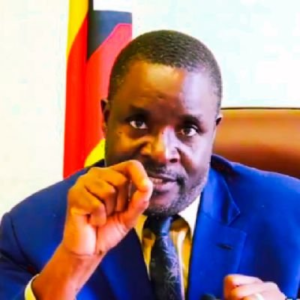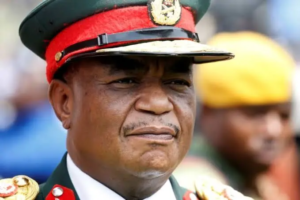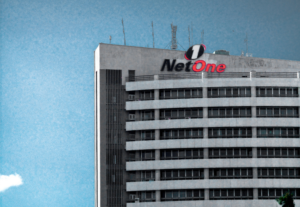ZIMBABWE’S DEBT DILEMMA: A TALE OF MISMANAGEMENT AND MISERY
In a recent turn of events that has caught the attention of both national and international observers, Zimbabwe finds itself at a crucial juncture, teetering on the edge of financial and societal collapse. The ruling party, Zanu PF, led by figures like Mthuli and Scarfmore, has been under fire for its approach towards managing the country’s finances, particularly concerning its voracious appetite for acquiring new loans from international financial institutions.
Ironically, while the party showed child-like excitement at the prospect of securing these loans, there’s a glaring lack of enthusiasm for addressing the strings attached to such financial assistance by its new benefactors. This discrepancy raises serious questions about the leadership’s priorities and their commitment to the welfare of Zimbabweans.
Zimbabwe’s external debt situation is dire, with the country owing a staggering $1.052 billion to the World Bank alone. Yet, not a cent of this colossal sum appears to have been spent on improving the living conditions of the average Zimbabwean. The ruling party’s track record is marred by accusations of neglect, mismanagement, and outright plunder of the nation’s resources, leaving the population mired in poverty, destitution, and despair.
The misuse of funds is evident in the lack of investment in critical sectors such as public health, utilities, agriculture, and industry. Despite the billions of dollars borrowed, Zimbabwe continues to grapple with food insecurity, a fact underscored by the World Food Programme’s appeal for $65 million to address the crisis. This glaring absence of investment in agriculture and industry has had dire consequences for the economy, leading to rampant unemployment and inflation rates that defy logic.
The situation is further exacerbated by the government’s refusal to heed calls for reforms from the international community. The unyielding stance of Zanu PF has not only resulted in a constitutional crisis and state paralysis but also paved the way for an inevitable state collapse. This reality seems lost on the party and its leadership, who remain oblivious to the growing calls for a transition towards a more liberal and democratic governance structure.
As Zanu PF continues to prioritize its interests over those of the nation, the external debt has ballooned to an astonishing $13.007 billion. This increase in debt, without any tangible benefits for the country, is a stark reminder of the leadership’s failure to manage the nation’s resources effectively. The evidence of misappropriation is overwhelming, with allegations of funds being funneled into offshore accounts and tax havens rather than being invested in the country’s development.
The future looks bleak for Zimbabweans, who are left to bear the brunt of their government’s actions. As the debt continues to mount, so does the misery of a population already struggling with poverty and destitution. The situation calls for urgent action, not only from within Zimbabwe but also from the international community, to prevent a total collapse of the state and alleviate the suffering of its people.
In conclusion, Zimbabwe’s debt dilemma is a cautionary tale of mismanagement, corruption, and the devastating impact these can have on a nation’s socio-economic fabric. It serves as a stark reminder of the need for transparency, accountability, and genuine leadership in the stewardship of a country’s finances and resources. Without significant changes in governance and policy, the cycle of debt and despair is likely to continue, casting a long shadow over the future of Zimbabwe and its citizens.




